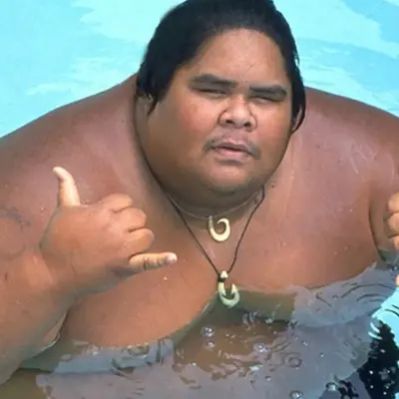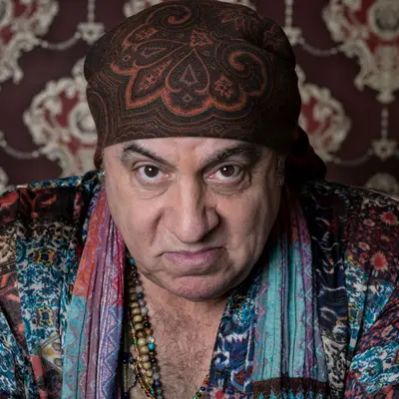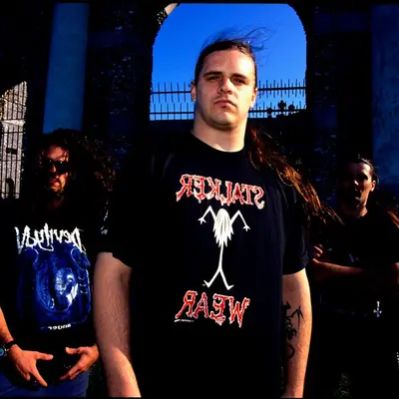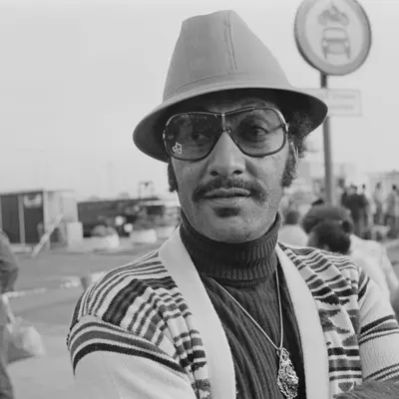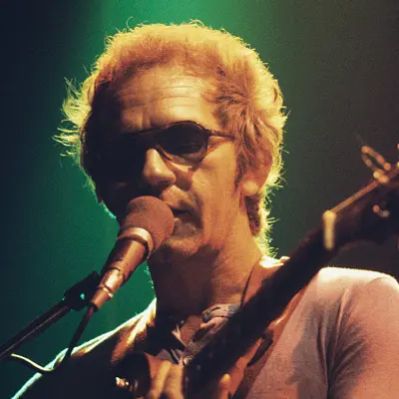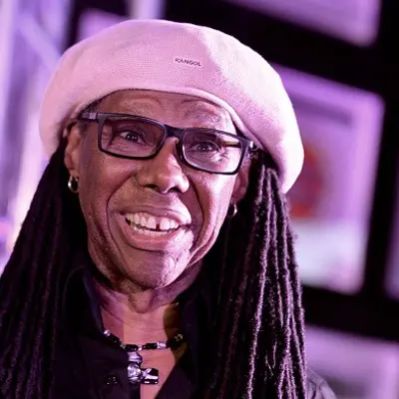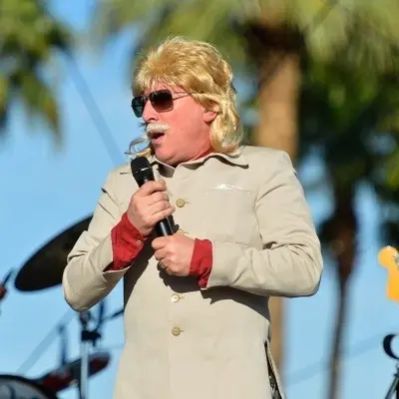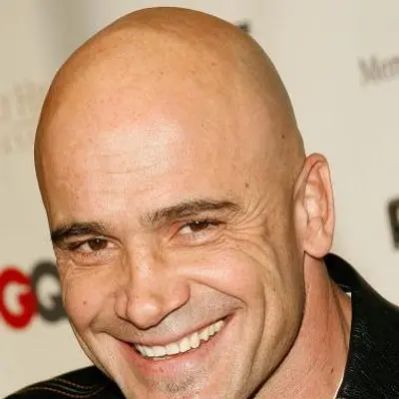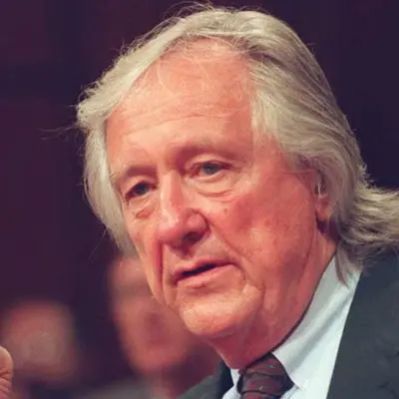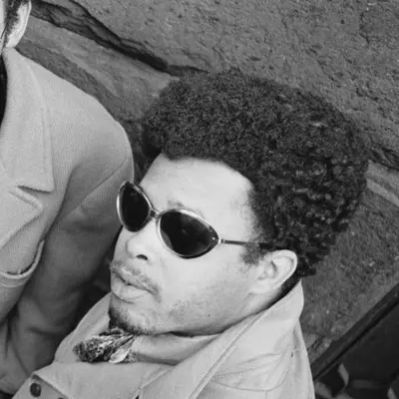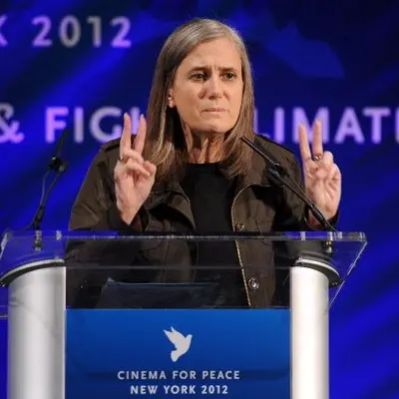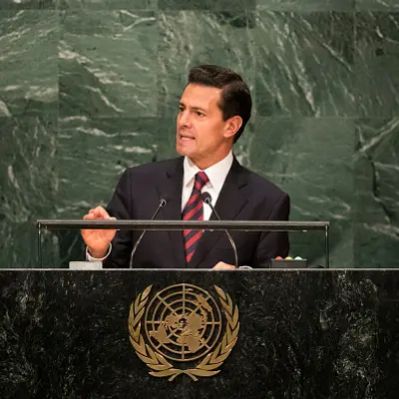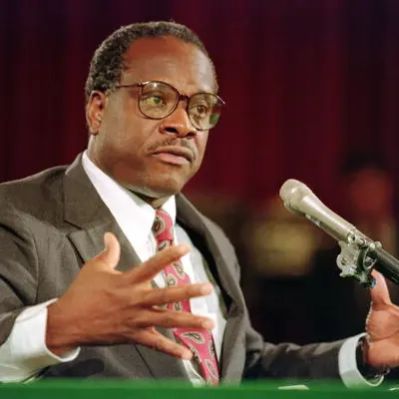What Is Israel Kamakawiwoʻole’s Net Worth?
At the time of his death in 1997, Israel Kamakawiwoʻole, a celebrated Native Hawaiian musician and singer, had an estimated net worth of $500,000. This figure primarily reflects his earnings from album sales, royalties, and live performances throughout his career. While precise details of his financial assets aren’t publicly available, it’s understood that his wealth was primarily derived from his musical achievements.
Early Life and Career Beginnings
Born on May 20, 1959, in Honolulu, Hawaii, Israel Kamakawiwoʻole was raised in an environment deeply immersed in Hawaiian culture and music. His mother, Evangeline, managed a popular nightclub in Waikiki, while his father, Henry, worked as a bouncer there. This exposure to the vibrant nightlife and musical scene of Waikiki significantly influenced Israel’s early life. His uncle, Moe Keale, a renowned ukulele virtuoso, also played a crucial role in shaping his musical inclinations. Israel’s formal education included participation in the Upward Bound program at the University of Hawaii at Hilo during his teenage years. Following this, his family relocated to Mākaha, further embedding him in the local Hawaiian community and culture. These formative years laid the groundwork for his future musical endeavors and his deep connection to Hawaiian identity, which would later resonate in his music and advocacy.
The Mākaha Sons of Niʻihau Era
In 1976, Israel Kamakawiwoʻole co-founded the musical group The Mākaha Sons of Niʻihau with his brother Skippy and three other members. The group’s debut album, “No Kristo,” was released that same year. As part of the Hawaiian Renaissance movement, The Mākaha Sons of Niʻihau gained significant popularity, touring extensively throughout Hawaii and the mainland United States. Over the years, they released several albums, including “Kahea O Keale,” “Keala,” “Mahalo, Ke Akua,” “Puana Hou Me Ke Aloha,” and “Hoʻola.” The band experienced numerous lineup changes, including the departure of Skippy following his death from a heart attack in 1982. Israel’s final album with the group was “Hoʻoluana,” released in 1991. Although precise figures for album sales and performance earnings during this period are not publicly accessible, it’s evident that his involvement with The Mākaha Sons of Niʻihau contributed significantly to his early career and financial stability.
Solo Career and “Somewhere Over the Rainbow/What a Wonderful World”
Israel Kamakawiwoʻole embarked on his solo career in 1990 after leaving The Mākaha Sons of Niʻihau. His first solo album, “Ka ‘Ano’i,” featured an upbeat medley of “Over the Rainbow” and “What a Wonderful World.” However, it was his acoustic rendition of “Somewhere Over the Rainbow/What a Wonderful World” that propelled him to international fame in 1993. Featured on his second album, “Facing Future,” the song spent an impressive 358 weeks on the Billboard World Digital Songs chart. The album “Facing Future” achieved platinum certification in Hawaii, marking a significant milestone in his solo career. Although exact sales figures and royalty earnings from this period are not publicly available, the success of “Somewhere Over the Rainbow/What a Wonderful World” generated substantial income through record sales, licensing agreements, and performance royalties. It’s estimated that the song has been licensed for use in numerous films, television shows, and commercials, contributing to a steady stream of revenue for his estate. In 1995, he released his third solo album, “E Ala Ē,” which included a cover of “Wind Beneath My Wings.” His fourth and final album of original music, “N Dis Life,” was released in late 1996, roughly six months before his death. Posthumously, several compilation albums of his music were released, including “Alone in IZ World” in 2001 and “Wonderful World” in 2007. These releases further solidified his legacy and continued to generate income through sales and royalties.
Hawaiian Rights Advocacy
Beyond his musical achievements, Israel Kamakawiwoʻole was a prominent advocate for Hawaiian rights and independence. His lyrics often reflected his commitment to raising awareness about these issues. One notable example is his song “Hawaiʻi ’78,” which includes the lyrics: “The life of this land is the life of the people, and that to care for the land (malama ʻāina) is to care for the Hawaiian culture.” While his advocacy work did not directly contribute to his net worth, it played a significant role in shaping his public image and solidifying his connection with the Hawaiian community. His willingness to use his platform to promote Hawaiian culture and rights likely influenced his audience and further enhanced his legacy as a cultural icon.
Religion
In the 1990s, Israel Kamakawiwoʻole embraced Christianity and was baptized at the World of Life Christian Center in Honolulu. He expressed his faith through his music, most notably in the song “Ke Alo O Iesu,” which translates to “The Presence of Jesus.” This aspect of his life provides insight into his personal beliefs and values, which likely influenced his decisions and relationships. However, it did not directly impact his net worth or financial assets.
Death and Legacy
Israel Kamakawiwoʻole struggled with severe obesity throughout his life, reportedly weighing approximately 750 pounds at one point. This led to various chronic health issues, including cardiac and respiratory problems, resulting in multiple hospitalizations. On June 26, 1997, he passed away from respiratory failure in Honolulu at the age of 38. In July of the same year, his koa wood casket was placed in state, making him only the third person in Honolulu history to receive this honor. His death marked the end of a brief but impactful career, leaving behind a legacy as one of Hawaii’s greatest musicians and singers. He is widely recognized as the most commercially successful musician from the state. His ukulele playing and fusion of genres such as reggae and jazz continue to influence contemporary Hawaiian music. In 2010, NPR recognized Kamakawiwoʻole as “The Voice of Hawaii.” His acoustic medley “Somewhere Over the Rainbow/What a Wonderful World” remains immensely popular, appearing in numerous films, television series, and commercials. While his death brought an end to his active career, his legacy continues to generate revenue through licensing agreements, royalties, and posthumous releases.
Posthumous Earnings and Royalties
Following his death, Israel Kamakawiwoʻole’s music continued to generate substantial revenue through royalties, licensing agreements, and posthumous releases. Although specific figures for these earnings are not publicly available, it is estimated that “Somewhere Over the Rainbow/What a Wonderful World” continues to be licensed for use in numerous films, television shows, and commercials each year. This constant exposure ensures a steady stream of income for his estate. The compilation albums “Alone in IZ World” (2001) and “Wonderful World” (2007) also contributed to his posthumous earnings, as they continued to sell copies and generate royalties. These posthumous earnings are a testament to the enduring popularity and timeless quality of his music.
“Somewhere Over the Rainbow/What a Wonderful World” Licensing
The song “Somewhere Over the Rainbow/What a Wonderful World” has been licensed for use in countless films, television shows, and commercials. Some of the notable films in which the song has appeared include “Meet Joe Black,” “Finding Forrester,” and “50 First Dates.” It has also been featured in popular television shows such as “ER,” “Scrubs,” and “Life on Mars.” In addition, the song has been used in numerous commercials for brands such as Toyota, Disney, and Old Navy. While specific details of these licensing agreements are not publicly available, it is estimated that each use of the song generates tens of thousands of dollars in royalties for his estate. The widespread use of the song has significantly contributed to his posthumous earnings and cemented its status as a cultural touchstone.
Influence on Contemporary Hawaiian Music
Israel Kamakawiwoʻole’s unique style of ukulele playing and his fusion of genres such as reggae and jazz have had a profound impact on contemporary Hawaiian music. He is credited with popularizing the use of the ukulele in modern music and inspiring a new generation of Hawaiian musicians. His music has also helped to raise awareness of Hawaiian culture and traditions around the world. Many contemporary Hawaiian artists cite Israel Kamakawiwoʻole as a major influence on their work, and his legacy continues to shape the sound of Hawaiian music today.
Accolades and Recognition
Throughout his career, Israel Kamakawiwoʻole received numerous accolades and recognition for his contributions to Hawaiian music. In 2010, he was named “The Voice of Hawaii” by NPR, a testament to his enduring legacy and impact on the music industry. His album “Facing Future” achieved platinum certification in Hawaii, a significant milestone in his career. His song “Somewhere Over the Rainbow/What a Wonderful World” spent 358 weeks on the Billboard World Digital Songs chart, a remarkable achievement. These accolades and recognition further solidify his status as one of Hawaii’s greatest musicians and singers.
 Net Worth Ranker
Net Worth Ranker
